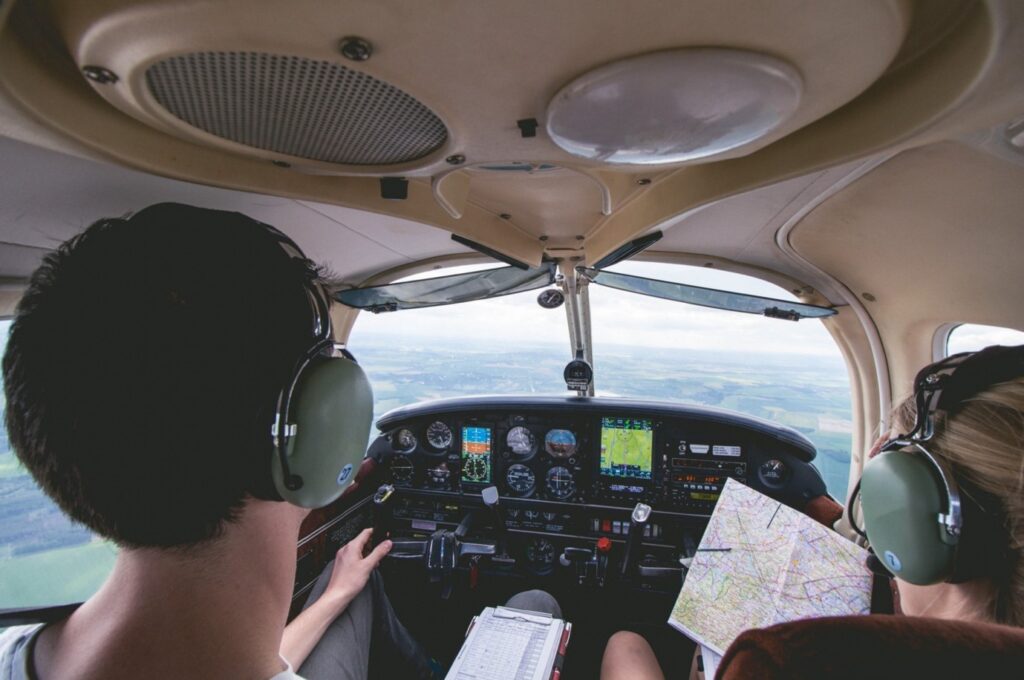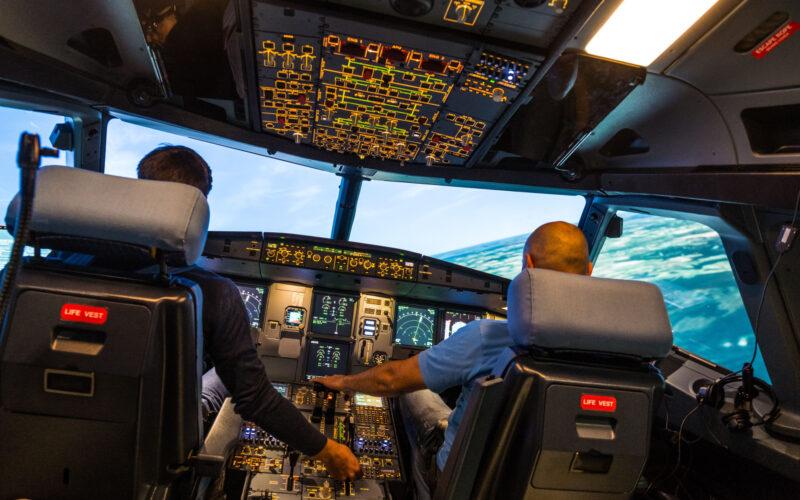Pursuing a career as a pilot is a dream for many, but the cost of flight training can be a significant hurdle. However, there are various smart strategies that aspiring pilots can take to finance their flight training and achieve their aviation goals.
Below, we explore the Top 5 useful strategies to pay for your flight training and help you achieve your aviation dreams more quickly.
Top 5 ways to pay for your flight training
Airline-sponsored training
One of the most sought-after methods of funding flight training is through an airline-sponsored program. Many major airlines offer such training programs for aspiring pilots. These programs typically involve a contractual commitment for graduates to work for the airline for a specified period after obtaining their pilot’s license. While this route may require a serious degree of dedication and patience, it can significantly reduce your training costs and provide a clear career path.
For example, airBaltic offers an Ab-Initio pilot training program, which allows individuals to obtain their ‘Frozen’ EASA ATPL (European Aviation Transport Pilot License) within approximately 24 months. This program is designed for those without prior aviation education or experience.
Students of the airBaltic Pilot Academy pay €25,000 for their training up to the private pilot license (PPL) level. After successfully passing the airBaltic pilot assessment and becoming an employee of the company, airBaltic covers the remaining costs of their studies. The total cost of the program, including all training phases, amounts to €89,000 per student.
Flight school loan
Taking out a loan to cover your flight training expenses is a common approach. Various financial institutions offer specialized loans for aviation education. Before committing to a loan, it’s crucial to research interest rates, repayment terms and eligibility criteria. Be sure to calculate the total cost of the loan over time to ensure that it aligns with your future earning potential as a pilot.
For instance, Germany’s Lufthansa, in partnership with Albatros, provides a training loan option. Qualified candidates have the option to secure a loan with a fixed interest rate, ranging from €25,000 to €100,000, to cover their training expenses, with a repayment period of up to ten years.

Join the military (for military-sponsored training)
For those with a strong desire to serve their country, joining the military could be an obvious path to flight training. The U.S. Armed Forces (USAF), for example, offers comprehensive flight training programs, including the Army’s Warrant Officer Flight Training (WOFT) program and the Air Force’s Officer Training School. In return for your service, you’ll receive top-notch training and often gain valuable flight hours, too.
Get a scholarship or a grant
Scholarships and grants are a useful way to alleviate the financial burden of flight training. Scholarships are typically awarded based on various criteria, such as academic achievement or specific factors, such as being a member of a particular group or pursuing a certain field of study. Unlike loans, grants are usually non-repayable. Grants can be used for a wide range of purposes, including education, scientific research, community development, charitable activities and more.
Numerous organizations, including aviation associations, private foundations and universities, offer scholarships specifically for aspiring pilots. These awards can cover various aspects of training, from tuition to flight hours. Research and apply for as many relevant scholarships as possible, to maximize your chances of financial assistance.
As an example, AOPA Flight Training Scholarships help to cover the costs associated with flight training for individuals seeking either their primary pilot certificate or advanced ratings. In 2019, AOPA awarded over $1 million in scholarships to individuals including high school students, educators and adults in flight training.
Note: Examine the opportunities at national, state and local levels. Also, you can investigate funding options tailored to women, minorities or other specific groups if you meet the eligibility criteria.

Work in a flight school
Working in a flight school can be a win-win situation. Many flight schools offer opportunities for aspiring pilots to work as instructors or in administrative roles while completing their training. A highly strategic path to attaining your airline transport pilot position involves obtaining certification as a Certified Flight Instructor (CFI). By becoming a flight instructor, the flight hours you dedicate to teaching others to fly will count toward the flight hour requirements for your license.
Additionally, you will receive compensation for your instructional services, which can be used to cover tuition expenses. It’s important to bear in mind that you must already possess a PPL and a CFI before pursuing this avenue. Also, note that working at a flight school can provide you with valuable industry contacts and networking opportunities.
In summary: Top 5 ways to pay for your flight training
These Top 5 strategies offer diverse paths to finance flight training, catering to individuals’ goals, financial situations and career aspirations. Careful research and consideration are essential to selecting the most suitable option for embarking on the exciting journey towards becoming a pilot.

